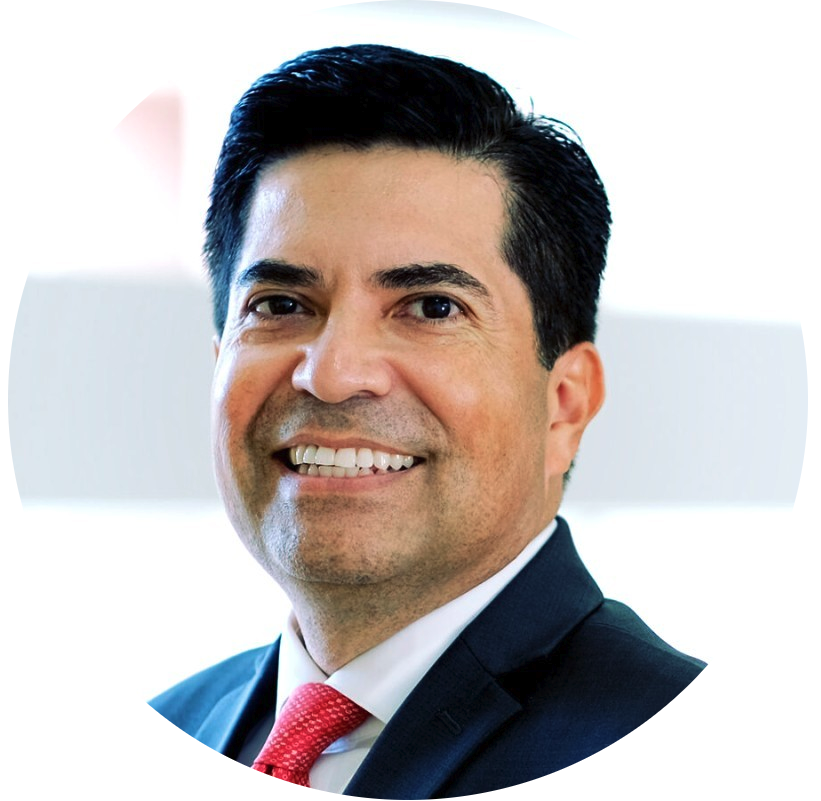Broker/dealers revenues continue to face headwinds as advisors escalate their preferences for passive products, avoiding the revenue-sharing payments that asset managers have depended on for so long, according to the latest Cerulli Edge—U.S. Asset and Wealth Management Edition.
Asset managers must make available separately managed accounts (SMAs), exchange-traded funds (ETFs), environmental, social, and governance (ESG)-oriented products, and other portfolio elements that appeal to advisors’ needs for flexibility and products emphasizing lower cost and sustainability, the report adds.
Across all channels, approximately one-quarter of all advisors create custom portfolios for each client and nearly two-thirds of all advisors report that their primary portfolio construction influence comes from within their own practice. However, as advisors confront margin pressures and scale, they are becoming increasingly conscious of the price they pay for access to investment strategies.
As such, asset managers need to respond with product and pricing to penetrate the market. “Cost plays a significant role in advisors’ investment decisions, placing greater pressure on managers to ensure active strategies are priced appropriately to compete with passive options,” comments Matt Belnap, associate director.
While mutual funds remain the most widely used product vehicle for advisors, asset flows will experience a steady long-term decline as ETF allocations continue to ramp up, according to the research. “The industry is evolving. Advisors across all channels are shifting their investment allocations away from mutual funds and their associated revenue-sharing payments and toward ETFs,” adds Belnap.
The research also projects growing demand for the SMA. “SMAs offer advisors flexibility, as the product allows them the benefit of customization while outsourcing trading to an asset manager or overlay manager,” says Belnap.
“Asset managers, particularly those targeting high-net-worth (HNW) investors, should develop strategies that will be available in the SMA wrapper as clients downmarket will display an appetite for the product structure,” he adds.
Advisors focusing on HNW, women, and younger clients often provide the greatest opportunity for ESG product adoption, as these client demographics typically have been higher adopters. “Looking forward, managers should consider a vehicle-agnostic approach to asset gathering in the retail channel, considering changing demographics and evolving demand for customization,” concludes Belnap.




